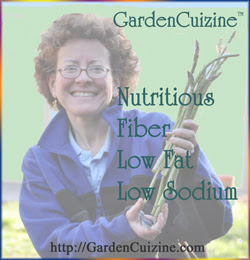How About You?
We all know how important it is to eat right and exercise; some people are better than others at fitting exercise into their daily routine. Statistics reveal that in just the past 20 years, there has been a dramatic increase in obesity throughout the United States.
According to the Centers for Disease Control and Prevention, the only state in 2008 that had a prevalence of obesity less than 20% was Colorado. Thirty-two states showed a prevalence of equal or greater than 25%. Alabama, Mississippi, Oklahoma, South Carolina, Tennessee, and West Virginia had a prevalence of obesity equal to or greater than 30%.
Why should we care?
An obese population means more health problems and potential consequences from obesity, such as the increase of type 2 diabetes mellitus. Unless we reverse this trend, diabetes alone could become a major public health crisis. Can we reverse the obesity trend across America? Time will tell -- I sure hope we can.
Healthy Santa
Simple physical activity and exercise can reduce your and your family's risk of premature mortality, in general, and of coronary heart disease, hypertension, cancer, and diabetes mellitus. If Santa can do it, we can too! Just don't forget to get a medical check up first and get your Doc's okay.
Enjoy this humorous Santa's Boot Camp video, which was made a few years ago courtesy of the Ministry of Fun Movies on YouTube. The message is timeless:
Whatever your inspiration, incorporate exercise and physical activity into your lifestyle!
Happy Holidays from GardenCuizine
and
Best Wishes for a Happy,
"Healthy" New Year
and
Best Wishes for a Happy,
"Healthy" New Year
Related Links
CDC U.S. Obesity Trends
American Heart Association Overweight and Obesity – Statistics
































